
Predicting the Woman Hairstyles of the Future: 7 Trends Shaping the Next Decade | Tech & Sustainability
12 min read

12 min read

12 min read
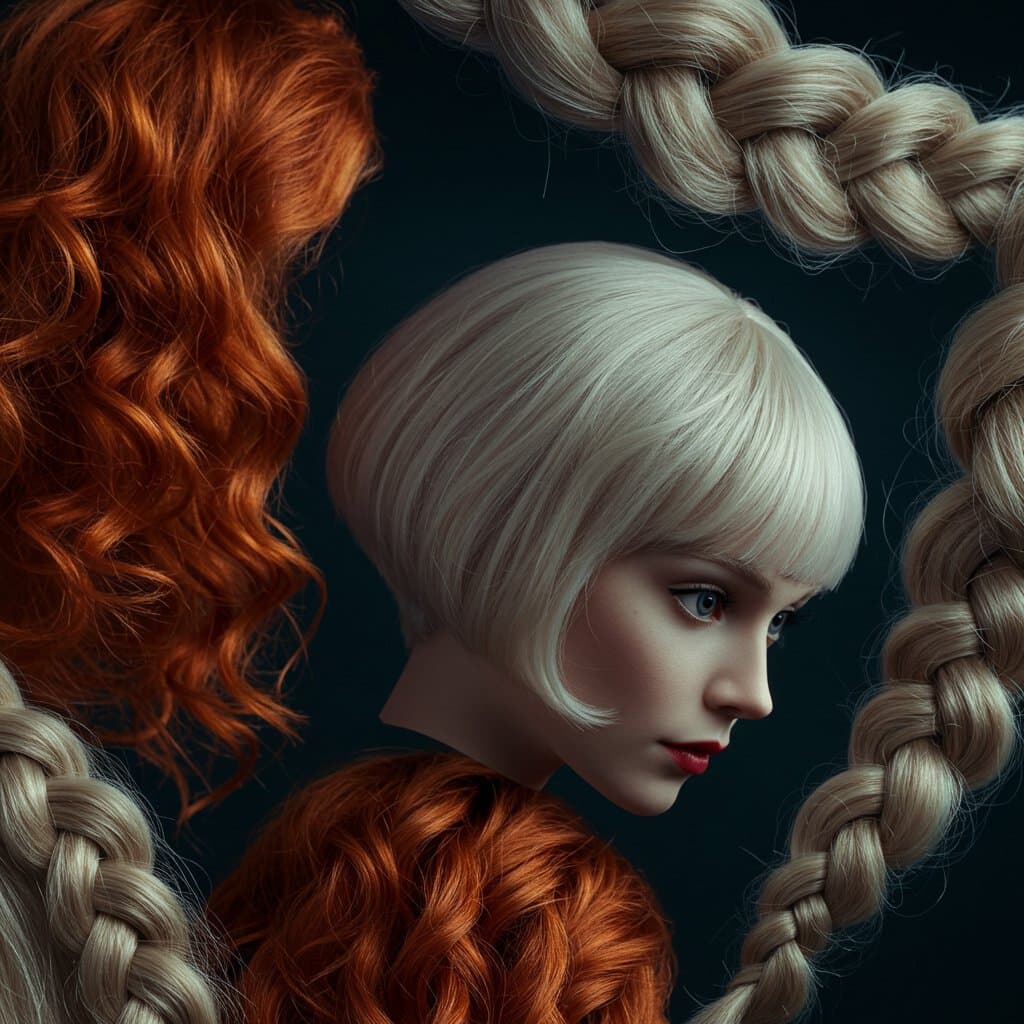
14 min read
Download our app to instantly see how you'd look with any hairstyle or color
Get the App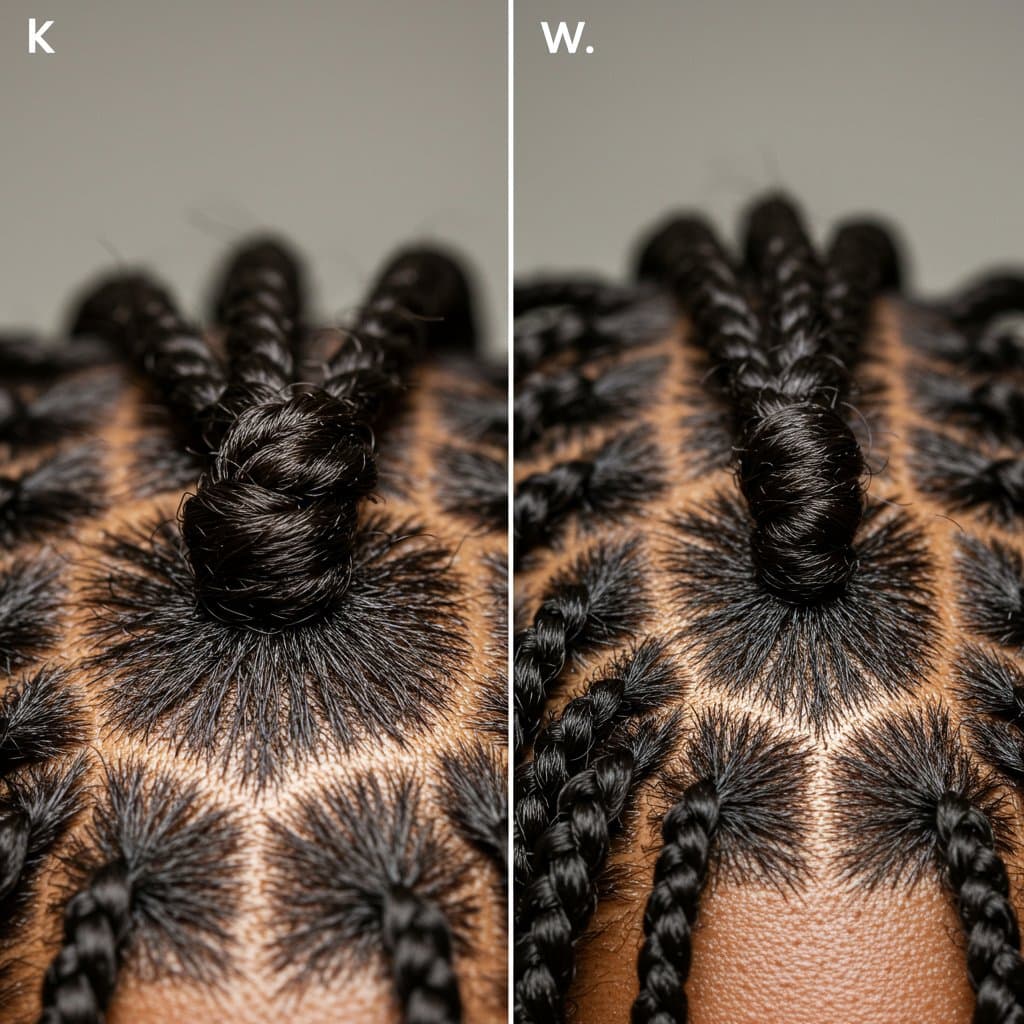
12 min read
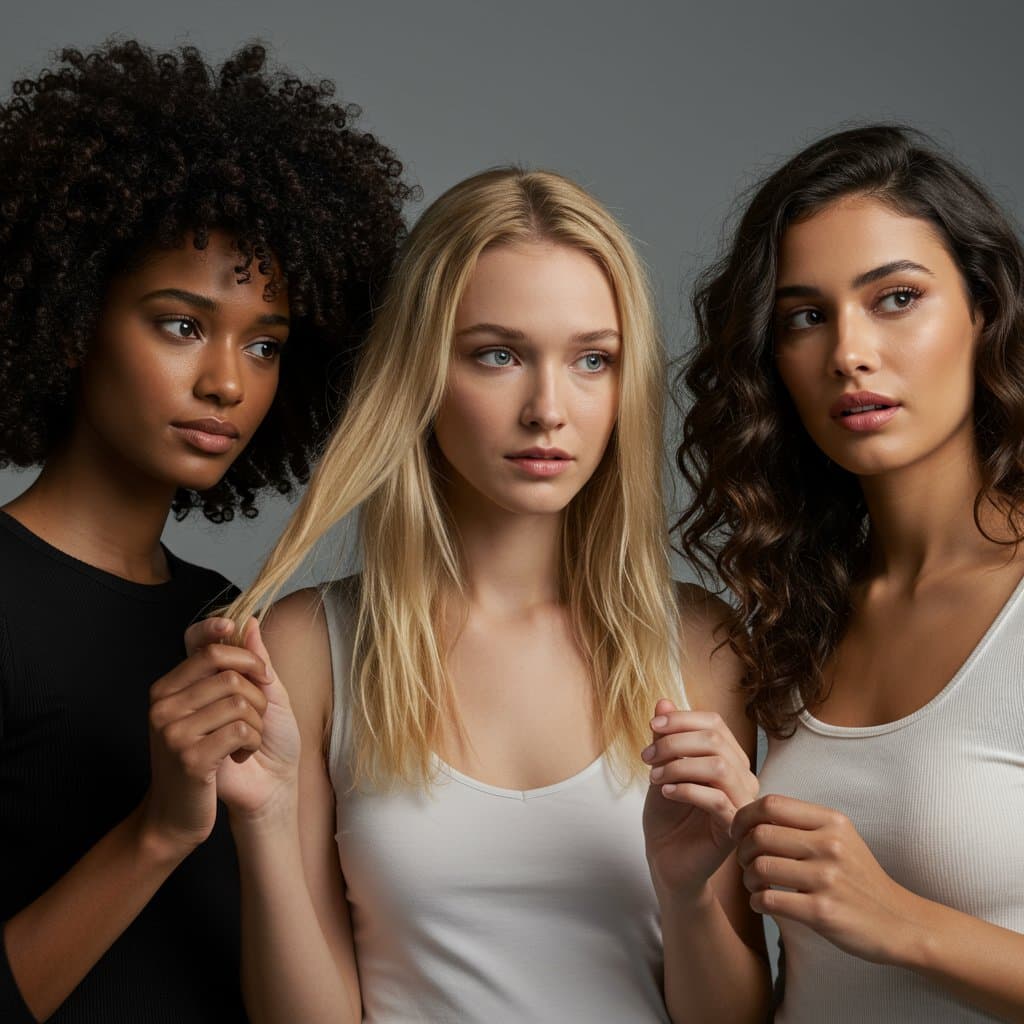
14 min read
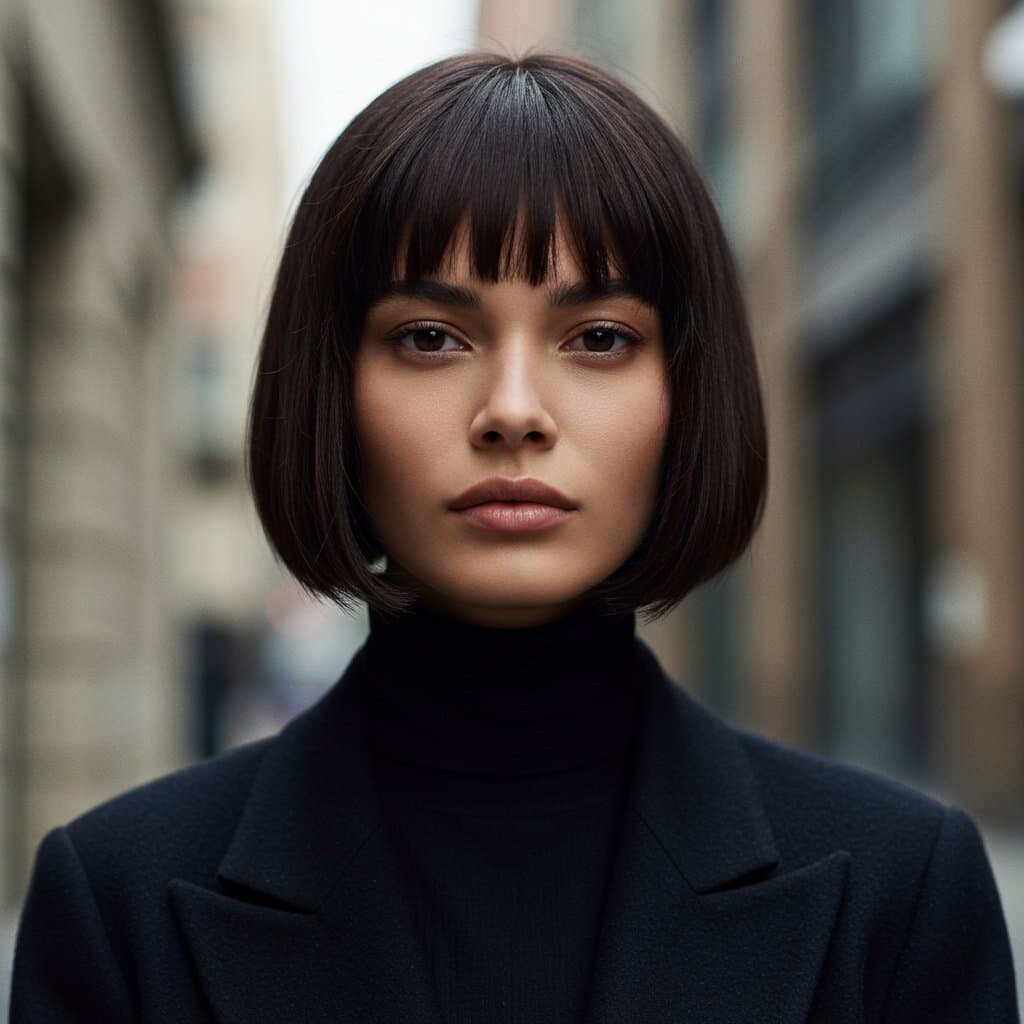
11 min read
Download our app to instantly see how you'd look with any hairstyle or color
Get the AppThe 1920s, often called the Roaring Twenties, was a decade of unprecedented economic prosperity, cultural dynamism, and social change. Emerging from the shadows of World War I, a new generation was eager to break free from the rigid Victorian conventions that had defined their parents' world. This rebellious spirit manifested in jazz music, daring fashion, and most visibly, in the dramatic transformation of women's hair. The long, elaborate updos that symbolized pre-war femininity were cast aside in favor of short, sharp, and liberating styles. The hairstyles of the Roaring Twenties were not just a fashion statement; they were a declaration of independence, a symbol of the 'New Woman' who was educated, employed, and empowered.

This era marked the first time in centuries that short hair for women became not only acceptable but the pinnacle of style. The act of cutting one's hair—often referred to as 'bobbing'—was a radical move, signifying a departure from traditional roles and an embrace of modernity. From the sharp lines of the Eton crop to the soft undulations of Marcel waves, 1920s hair was a canvas for artistic expression and personal freedom. This guide delves into the iconic looks, the cultural forces behind them, and how the revolutionary spirit of Twenties hair continues to influence style today. Understanding these historical roots provides a deeper appreciation for the artistry involved in both recreating and reinterpreting these timeless looks in a modern salon setting.
The seismic shift in women's hairstyles during the Roaring Twenties didn't happen in a vacuum. It was the direct result of profound social and political changes. The end of World War I saw women entering the workforce in large numbers, gaining a newfound sense of economic independence. This was powerfully reinforced by the passage of the 19th Amendment in the United States in 1920, granting many women the right to vote. This new era of freedom and responsibility called for a more practical and less restrictive lifestyle, and long, high-maintenance hair was one of the first casualties of this new pragmatism.

The 'flapper' emerged as the quintessential icon of the decade. She was a young woman who smoked, drank, danced to jazz, and defied social norms. Her style was an essential part of her identity. The restrictive corsets were replaced with loose, drop-waist dresses that allowed for movement, and her hair was cut short to match. A bob haircut was easier to manage, safer for factory work, and perfectly suited the popular cloche hats of the era, which sat low on the forehead and required a short, sleek silhouette underneath. The act of cutting long tresses was a powerful, personal statement against the old guard and a visible commitment to a modern, liberated future.
Furthermore, the rise of cinema and the burgeoning celebrity culture played a pivotal role. Actresses like Colleen Moore and Louise Brooks became international trendsetters, their daring short haircuts splashed across silver screens and magazine covers. When women saw these glamorous, independent characters, they were inspired to emulate their look. The bob became more than a haircut; it was a symbol of being fashionable, modern, and in control of one's own destiny. It was a clean break from the past and a bold step into a new age of womanhood.
At the heart of the 1920s hair revolution was the bob. While it existed in various forms before the decade, the Twenties saw it explode into mainstream popularity with numerous variations. It was the definitive cut of the era, a versatile style that could be adapted to suit different face shapes and personalities, from the demure to the daring.
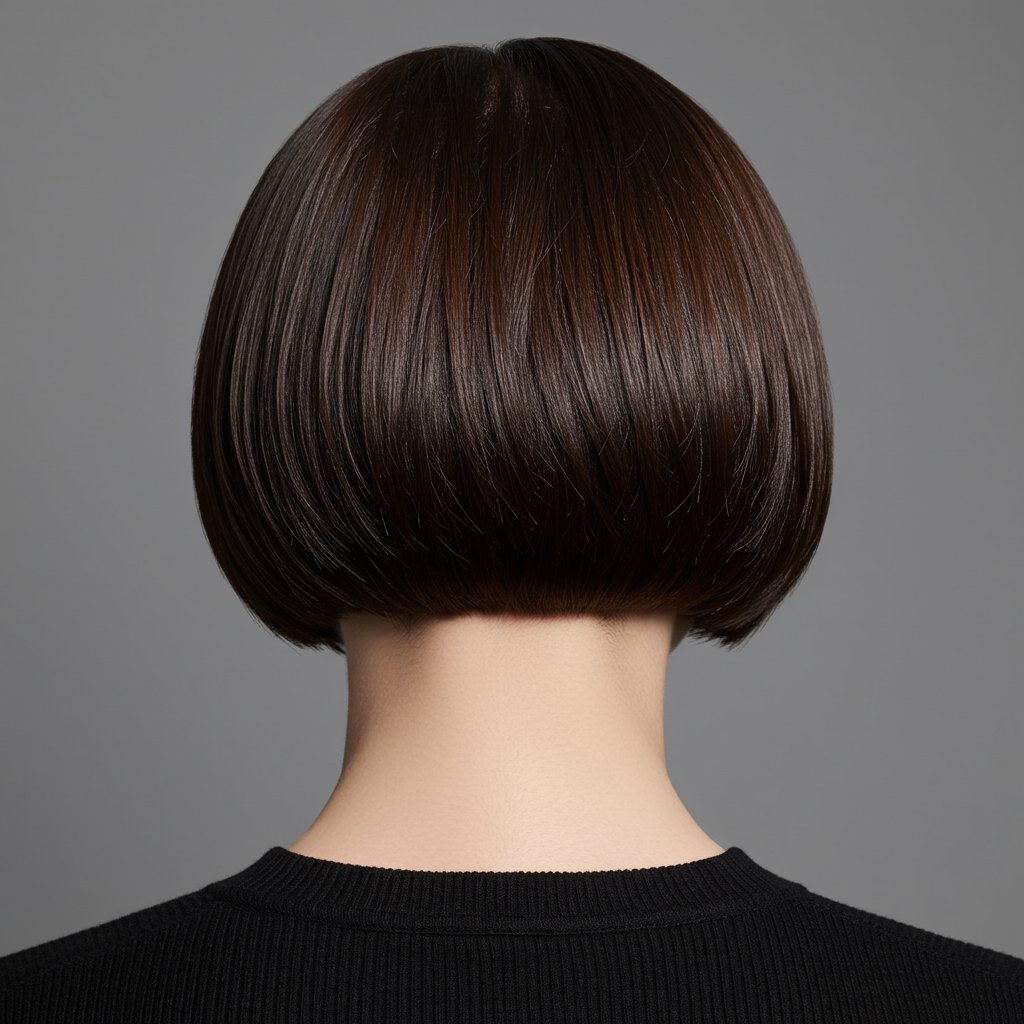
The quintessential 1920s bob was often straight, sharp, and cut to chin-length, frequently paired with a heavy, straight-across fringe. Known sometimes as the 'Dutch Boy' or 'pageboy' bob, this style was famously worn by actress Colleen Moore. It was a simple yet dramatic look that emphasized the eyes and jawline. Its architectural precision required regular trims to maintain its sharp lines, making the local barbershop a new and frequent destination for fashionable women.
For a sleeker, more sophisticated look, women opted for the Shingle Bob. This style was similar to the classic bob at the front and sides, but the back was its defining feature. The hair at the nape of the neck was cut very short and tapered into a V-shape, resembling the 'shingling' on a roof. This exposed the neck and required a great deal of precision from the hairdresser. It was a chic and elegant style that blended the boyishness of short hair with a refined, feminine contour.
Considered the most radical and androgynous style of the decade, the Eton Crop was the shortest of them all. Inspired by the hairstyles of schoolboys at England's prestigious Eton College, this cut was slicked down and parted on the side, resembling a man's haircut. It was a bold and audacious statement, famously championed by the iconic performer Josephine Baker and actress Louise Brooks (though her signature look was more of a severe, helmet-like bob). The Eton Crop was the ultimate symbol of rebellion, blurring gender lines and challenging traditional beauty standards head-on.
While the bob defined the silhouette of the 1920s, it was the styling that brought the look to life. Straight, severe bobs were popular, but soft, structured waves were equally fashionable and added a touch of glamour and femininity to the short cuts. Two key techniques dominated the decade: Marcel waves and finger waves. These methods transformed straight hair into the iconic, sculpted patterns that are synonymous with flapper style.

Invented in the late 19th century by French hairdresser François Marcel Grateau, the Marcel wave became immensely popular in the 1920s. This technique involved using a heated curling iron (a 'Marcel iron') to create a series of deep, uniform S-shaped waves. Unlike modern curling, the iron was used to create indentations rather than curls, resulting in a distinct, stylized pattern that lay flat against the head. Achieving a perfect Marcel wave was a true art form that required a skilled stylist's hand. The look was polished, sophisticated, and became a staple for evening wear and special occasions.
As an alternative to the heat-based Marcel method, finger waving offered a way to achieve a similar look without the risk of heat damage. This technique involved applying a generous amount of setting lotion or gel to wet hair and then using fingers and a comb to sculpt the hair into S-shaped waves. The waves were held in place with clips and allowed to air-dry completely. The result was a softer, more natural-looking wave than the Marcel, though it still possessed that signature 1920s sculpted quality. Finger waves became a popular at-home styling method, but professional salons could achieve a much sharper and longer-lasting set.
No Roaring Twenties hairstyle was complete without the perfect accessory. Hair adornments were essential for elevating a simple bob into a glamorous statement, especially for evening events and dances like the Charleston. These accessories were not subtle; they were bold, opulent, and designed to catch the light and the eye.
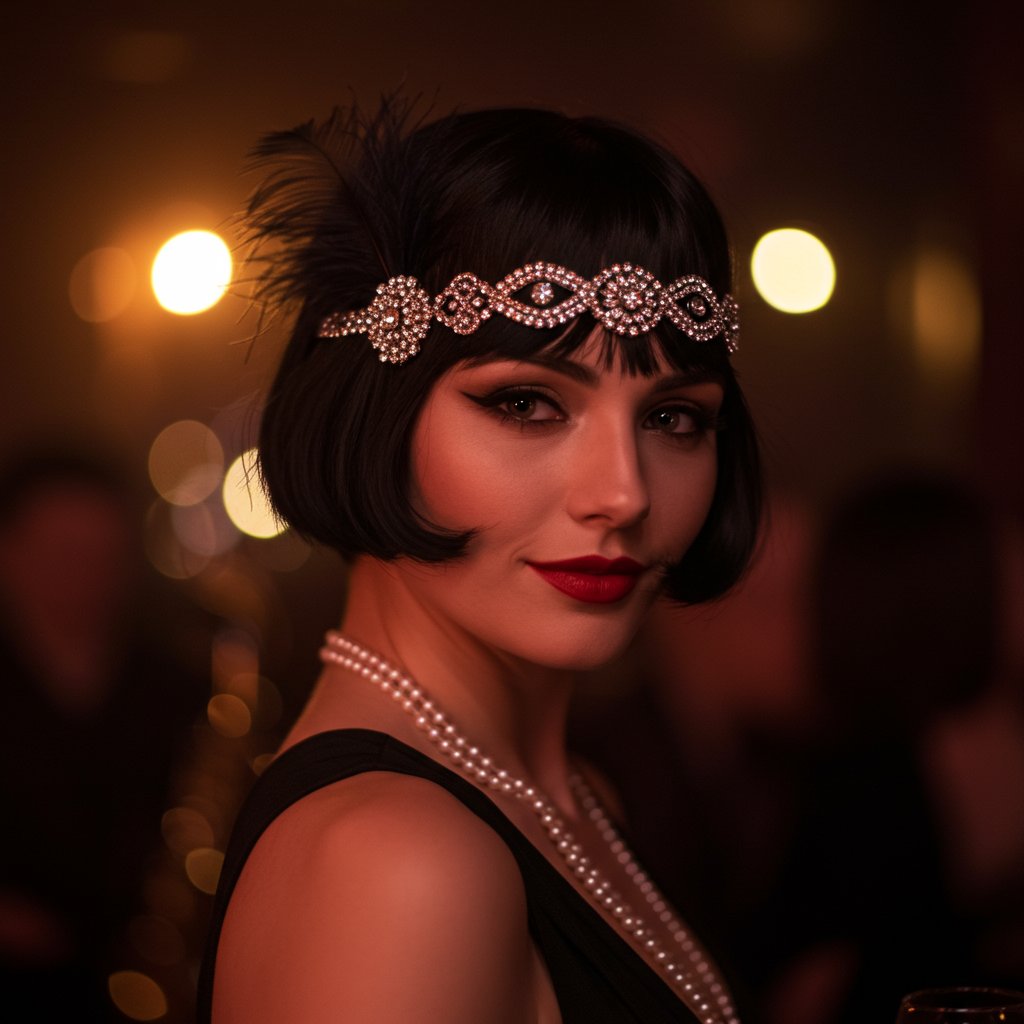
The most iconic accessory was the headband, worn low across the forehead rather than on top of the head. These could range from a simple silk or velvet ribbon to elaborate, jewel-encrusted creations known as 'headache bands.' Feathers, particularly ostrich or peacock feathers, were often attached to the side of the band, adding height and drama. These headbands perfectly complemented the sleek bobs and finger waves, framing the face and drawing attention to the eyes.
Cloche hats were another defining element of 1920s fashion, and their design was intrinsically linked to the short hairstyles. These bell-shaped hats fit snugly over the head, and a short bob was necessary for them to be worn correctly. For formal occasions, women adorned their hair with sparkling clips, barrettes, and tiara-like bandeaus made of rhinestones, pearls, and other precious materials. These accessories were the finishing touch that encapsulated the opulence and high-spirited glamour of the Jazz Age.
Hollywood in the 1920s was a dream factory, and its silent film stars were the new royalty. Their on-screen personas and off-screen styles were meticulously crafted and broadcast to a global audience, making them the most powerful trendsetters of the era. Several actresses became synonymous with specific hairstyles of the Roaring Twenties, popularizing the cuts and inspiring millions of women to head to the salon.
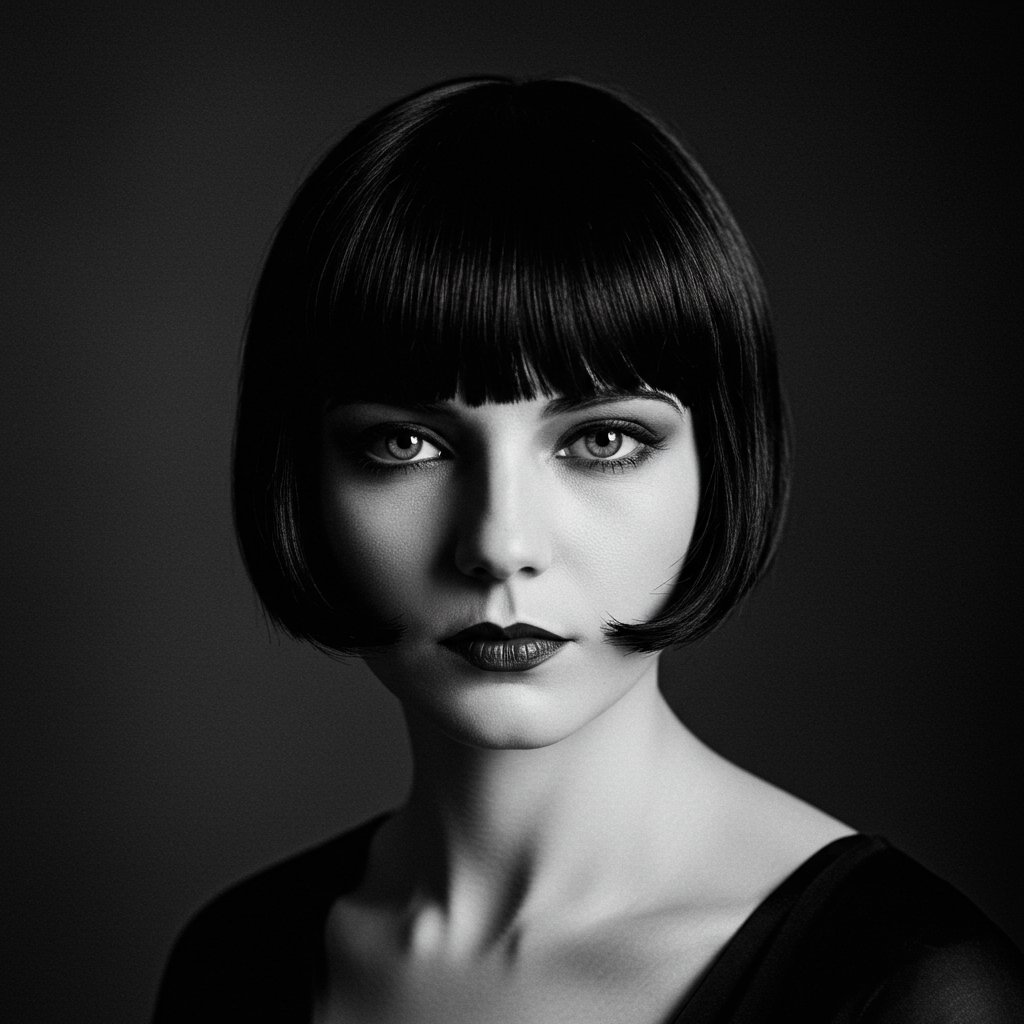
Louise Brooks is perhaps the most enduring hair icon of the decade. Her sharp, black, helmet-like bob with a severe fringe was so distinctive it became known simply as the 'Louise Brooks bob.' It was a bold, almost severe look that perfectly captured her modern and enigmatic screen presence. Her style epitomized the high-fashion, avant-garde side of the 1920s and remains a benchmark for vintage style to this day.
Clara Bow, dubbed the original 'It Girl,' sported a slightly softer, more tousled bob. Her energetic and playful persona was reflected in her curly, sometimes wild, henna-red hair. Her look was more approachable than Brooks's and showed that a bob could be fun and flirty. Meanwhile, stars like Mary Pickford, known as 'America's Sweetheart,' shocked the world when she famously cut her long, Victorian-era curls into a bob, signaling a definitive end to the old styles. These actresses didn't just wear the hairstyles; they embodied the spirit of the age, and their influence was instrumental in making the short haircut a global phenomenon.
While a century has passed, the allure of Roaring Twenties hairstyles remains potent. The clean lines of the bob and the romantic elegance of finger waves continue to inspire contemporary hair trends, appearing on red carpets and in fashion editorials. However, a modern approach allows for updates that make these vintage styles more wearable for today's lifestyle. Professional stylists can adapt the core elements of 1920s looks to suit modern tastes and hair types.
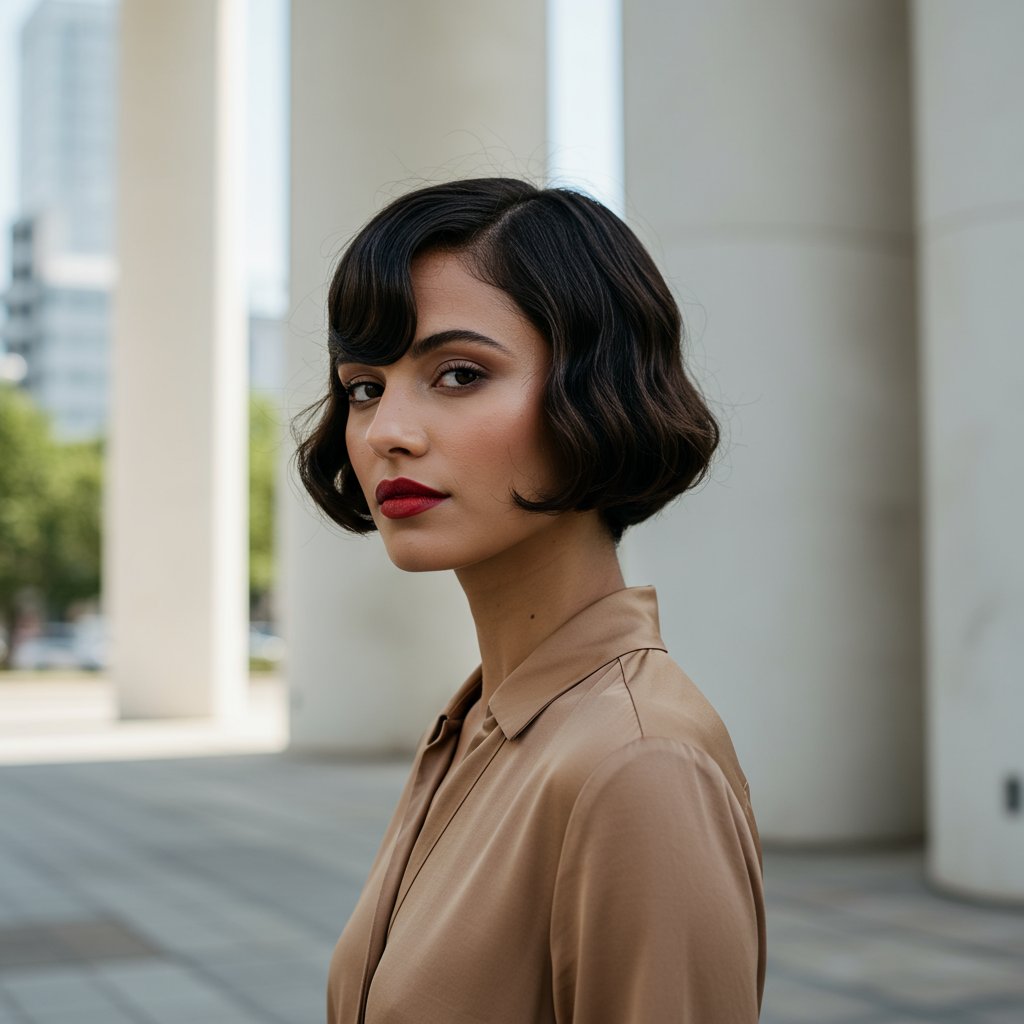
A modern 1920s-inspired bob might feature softer lines, subtle layering for added texture and movement, or be combined with modern coloring techniques like balayage for a less severe look. The classic chin-length bob is timeless, but variations like a longer 'lob' can also be styled with a 1920s flair. For those who want to experiment without the commitment of a full haircut, creating faux bobs by pinning up longer hair is a popular option for special events.
Finger waves and Marcel waves have also been reinterpreted. Instead of a full head of tight, sculpted waves, a stylist might incorporate a few soft finger waves around the hairline to frame the face or create a modern 'S-wave' look using a flat iron. Modern styling products, such as flexible-hold hairsprays, texturizing mousses, and shine serums, allow for these vintage styles to have better hold, less stiffness, and a healthier finish than the heavy pomades and gels of the past. Consulting with an experienced stylist is key to translating these historical looks into a chic, contemporary statement.
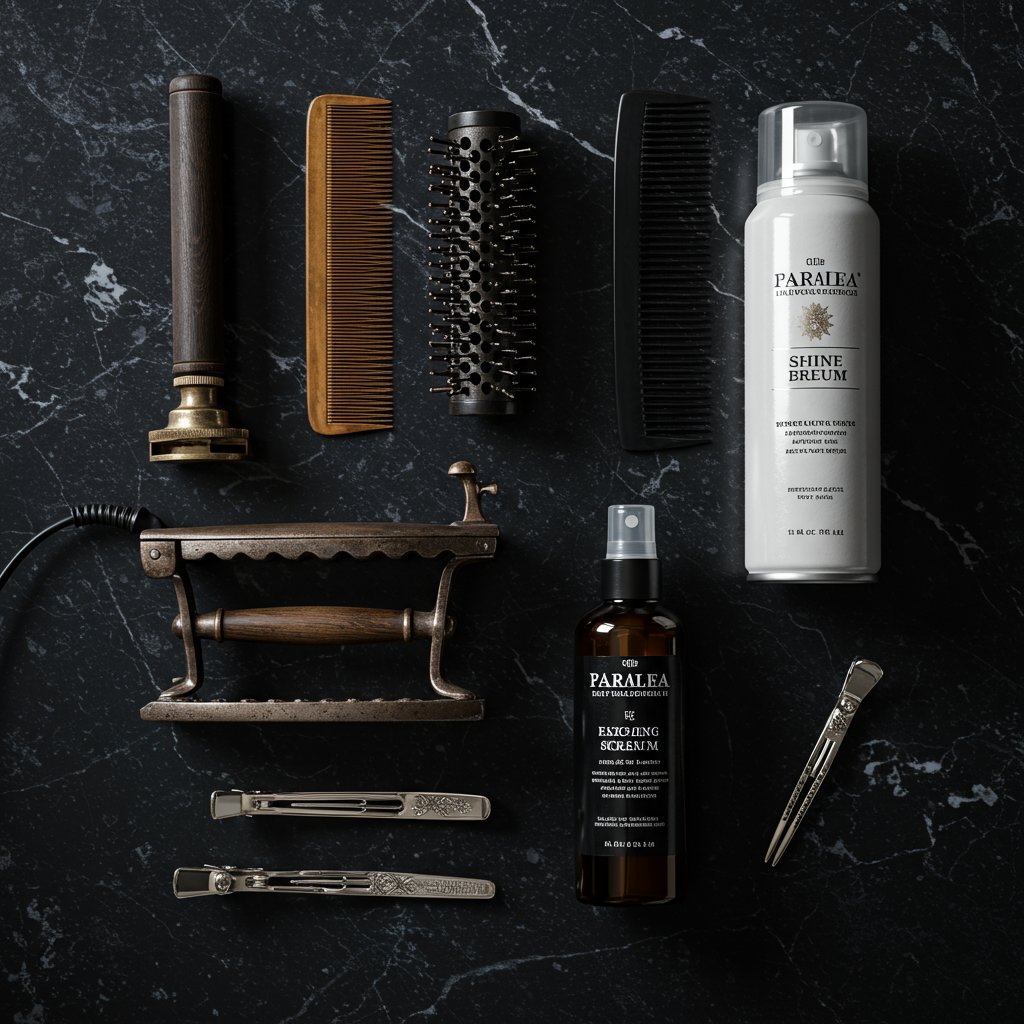
The most famous and defining hairstyle of the 1920s is undoubtedly the bob. It came in many variations, including the sharp 'Eton Crop,' the V-naped 'Shingle Bob,' and the classic chin-length bob with a fringe, famously worn by actress Louise Brooks.
Finger waves were created on wet hair using a setting lotion, a comb, and the stylist's fingers. The hair was combed into a ridge and then pushed with the fingers in the opposite direction to form a wave. Clips were used to hold the pattern in place until the hair was completely dry.
The primary difference is the technique. Marcel waves were created on dry hair using a special heated curling iron to create deep, uniform waves. Finger waves were created on wet hair without heat, resulting in a softer, more natural-looking wave pattern.
While short hair was the height of fashion, not all women adopted the look. Many, particularly older or more conservative women, kept their long hair. However, they often styled it in a way that mimicked the popular short silhouette, such as by creating a 'faux bob' or wearing it in a low chignon at the nape of the neck.
Absolutely. A 'faux bob' is a perfect way to achieve a 1920s look without cutting your hair. This involves curling the hair, then carefully rolling and pinning the ends underneath at the nape of the neck to create the illusion of a chin-length bob. Adding a few finger waves around the face or a decorative headband completes the look.
The hairstyles of the Roaring Twenties were more than a fleeting trend; they were a cultural phenomenon that permanently altered the landscape of women's fashion. The bob, in all its forms, was a powerful symbol of liberation, modernity, and a rejection of outdated norms. It was a haircut that not only changed how women looked but also how they saw themselves and their place in the world.
From the architectural precision of the Eton Crop to the glamorous sculpture of finger waves, the styles of this decade were characterized by boldness and artistry. Today, the influence of the Jazz Age is still vibrant. The core principles of these cuts—strong lines, elegant shaping, and daring silhouettes—continue to inspire stylists and fashion lovers alike. By embracing the spirit of the 1920s, we celebrate a pivotal moment in history when a simple haircut became a powerful declaration of freedom and style.
Download our app to instantly see how you'd look with any hairstyle or color
Get the App
12 min read

12 min read

14 min read